Irfan Ullah
The Role of Machine Learning in Congenital Heart Disease Diagnosis: Datasets, Algorithms, and Insights
Jan 08, 2025Abstract:Congenital heart disease is among the most common fetal abnormalities and birth defects. Despite identifying numerous risk factors influencing its onset, a comprehensive understanding of its genesis and management across diverse populations remains limited. Recent advancements in machine learning have demonstrated the potential for leveraging patient data to enable early congenital heart disease detection. Over the past seven years, researchers have proposed various data-driven and algorithmic solutions to address this challenge. This paper presents a systematic review of congential heart disease recognition using machine learning, conducting a meta-analysis of 432 references from leading journals published between 2018 and 2024. A detailed investigation of 74 scholarly works highlights key factors, including databases, algorithms, applications, and solutions. Additionally, the survey outlines reported datasets used by machine learning experts for congenital heart disease recognition. Using a systematic literature review methodology, this study identifies critical challenges and opportunities in applying machine learning to congenital heart disease.
The Role of LLMs in Sustainable Smart Cities: Applications, Challenges, and Future Directions
Feb 07, 2024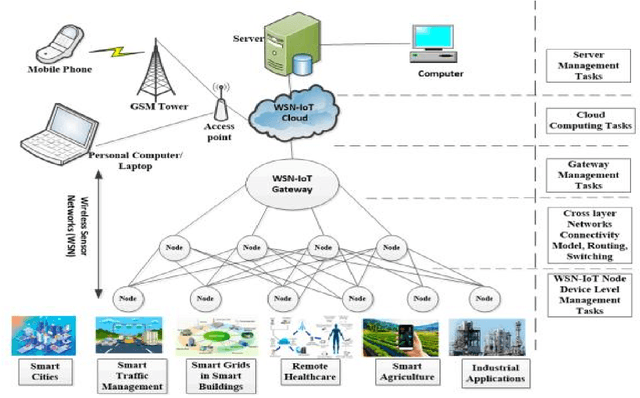
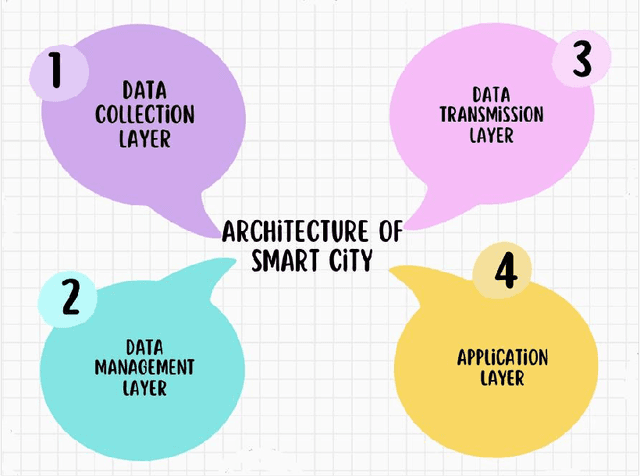
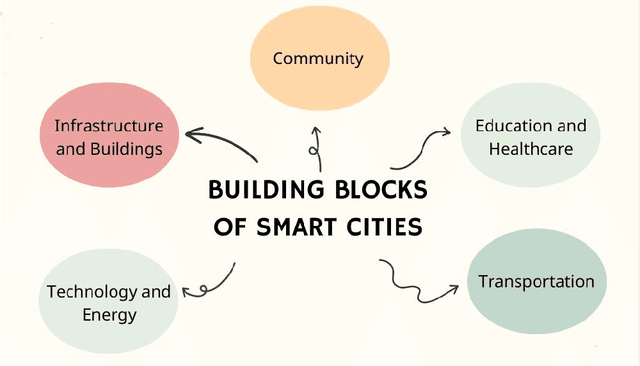
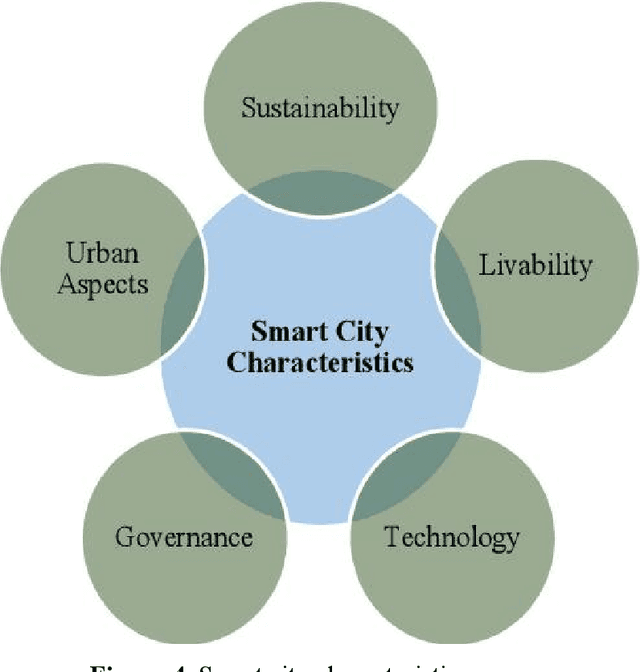
Abstract:Smart cities stand as pivotal components in the ongoing pursuit of elevating urban living standards, facilitating the rapid expansion of urban areas while efficiently managing resources through sustainable and scalable innovations. In this regard, as emerging technologies like Artificial Intelligence (AI), the Internet of Things (IoT), big data analytics, and fog and edge computing have become increasingly prevalent, smart city applications grapple with various challenges, including the potential for unauthorized disclosure of confidential and sensitive data. The seamless integration of emerging technologies has played a vital role in sustaining the dynamic pace of their development. This paper explores the substantial potential and applications of Deep Learning (DL), Federated Learning (FL), IoT, Blockchain, Natural Language Processing (NLP), and large language models (LLMs) in optimizing ICT processes within smart cities. We aim to spotlight the vast potential of these technologies as foundational elements that technically strengthen the realization and advancement of smart cities, underscoring their significance in driving innovation within this transformative urban milieu. Our discourse culminates with an exploration of the formidable challenges that DL, FL, IoT, Blockchain, NLP, and LLMs face within these contexts, and we offer insights into potential future directions.
RweetMiner: Automatic identification and categorization of help requests on twitter during disasters
Mar 04, 2023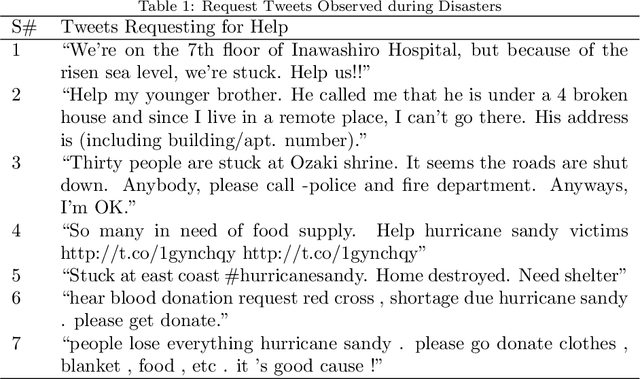


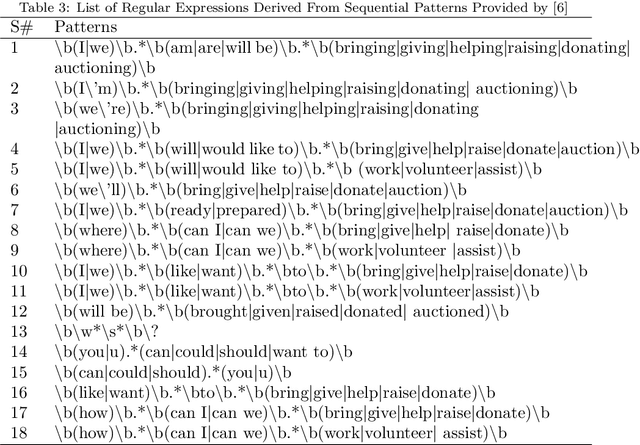
Abstract:Catastrophic events create uncertain situations for humanitarian organizations locating and providing aid to affected people. Many people turn to social media during disasters for requesting help and/or providing relief to others. However, the majority of social media posts seeking help could not properly be detected and remained concealed because often they are noisy and ill-formed. Existing systems lack in planning an effective strategy for tweet preprocessing and grasping the contexts of tweets. This research, first of all, formally defines request tweets in the context of social networking sites, hereafter rweets, along with their different primary types and sub-types. Our main contributions are the identification and categorization of rweets. For rweet identification, we employ two approaches, namely a rule-based and logistic regression, and show their high precision and F1 scores. The rweets classification into sub-types such as medical, food, and shelter, using logistic regression shows promising results and outperforms existing works. Finally, we introduce an architecture to store intermediate data to accelerate the development process of the machine learning classifiers.
Precise Single-stage Detector
Oct 09, 2022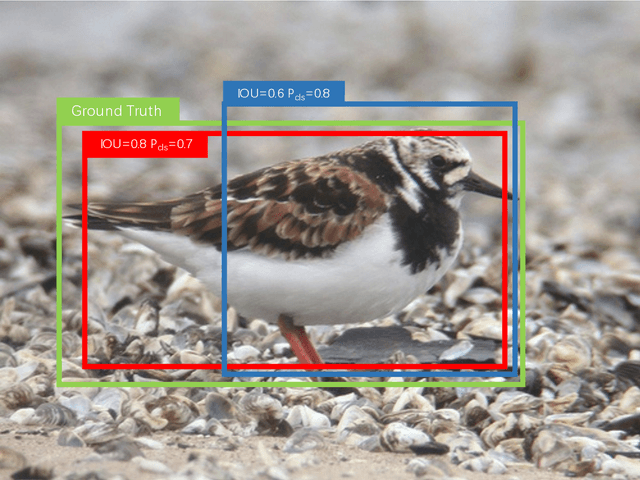
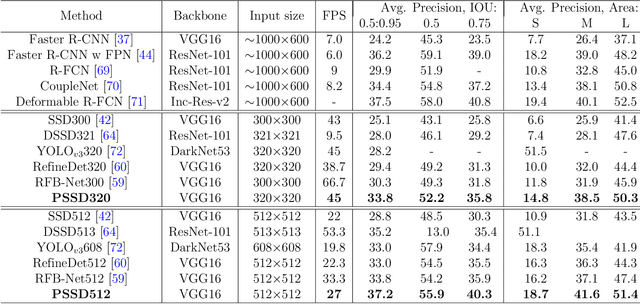


Abstract:There are still two problems in SDD causing some inaccurate results: (1) In the process of feature extraction, with the layer-by-layer acquisition of semantic information, local information is gradually lost, resulting into less representative feature maps; (2) During the Non-Maximum Suppression (NMS) algorithm due to inconsistency in classification and regression tasks, the classification confidence and predicted detection position cannot accurately indicate the position of the prediction boxes. Methods: In order to address these aforementioned issues, we propose a new architecture, a modified version of Single Shot Multibox Detector (SSD), named Precise Single Stage Detector (PSSD). Firstly, we improve the features by adding extra layers to SSD. Secondly, we construct a simple and effective feature enhancement module to expand the receptive field step by step for each layer and enhance its local and semantic information. Finally, we design a more efficient loss function to predict the IOU between the prediction boxes and ground truth boxes, and the threshold IOU guides classification training and attenuates the scores, which are used by the NMS algorithm. Main Results: Benefiting from the above optimization, the proposed model PSSD achieves exciting performance in real-time. Specifically, with the hardware of Titan Xp and the input size of 320 pix, PSSD achieves 33.8 mAP at 45 FPS speed on MS COCO benchmark and 81.28 mAP at 66 FPS speed on Pascal VOC 2007 outperforming state-of-the-art object detection models. Besides, the proposed model performs significantly well with larger input size. Under 512 pix, PSSD can obtain 37.2 mAP with 27 FPS on MS COCO and 82.82 mAP with 40 FPS on Pascal VOC 2007. The experiment results prove that the proposed model has a better trade-off between speed and accuracy.
 Add to Chrome
Add to Chrome Add to Firefox
Add to Firefox Add to Edge
Add to Edge